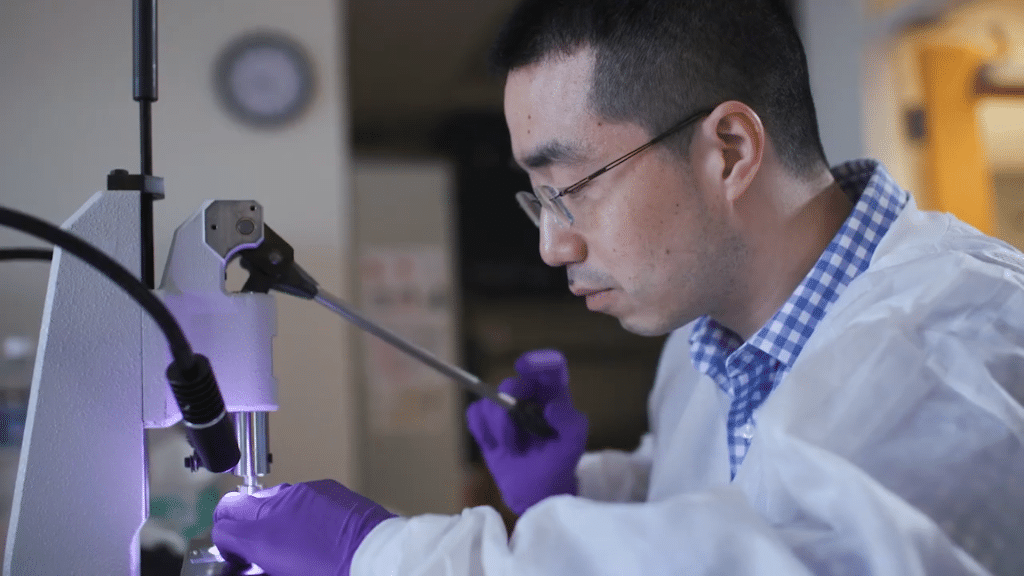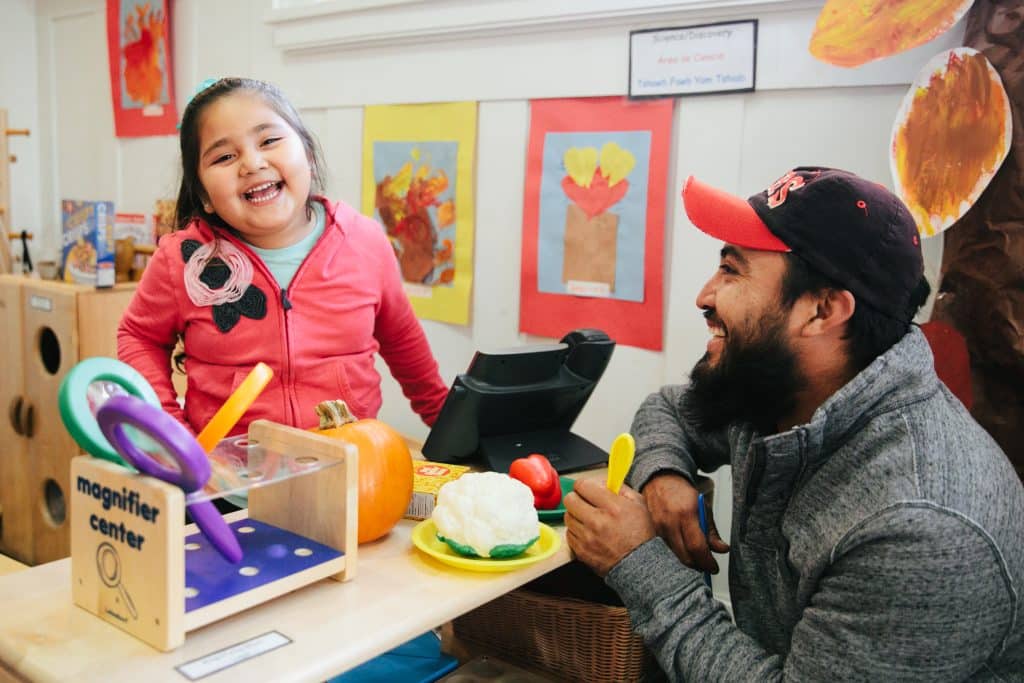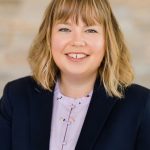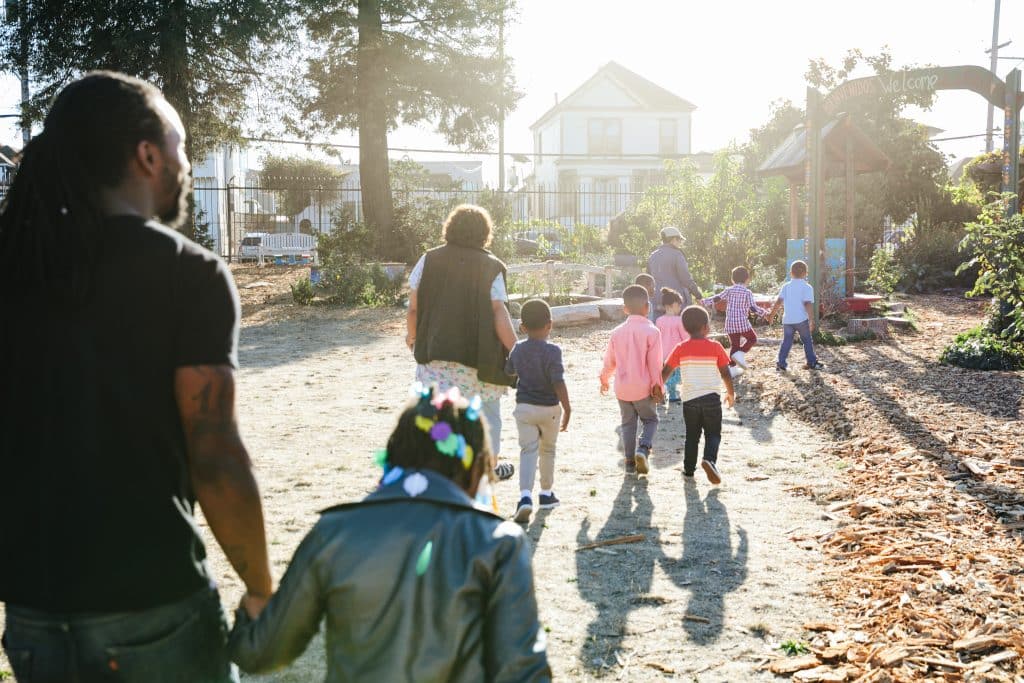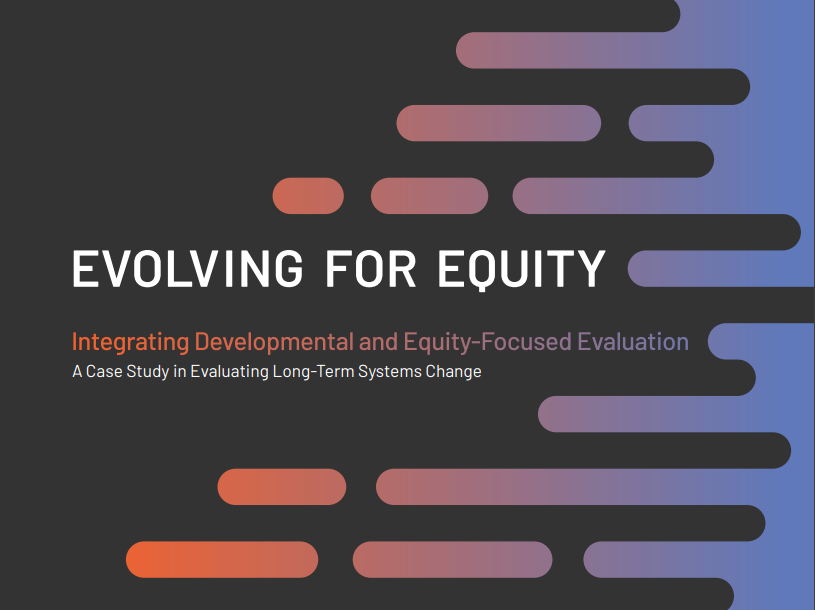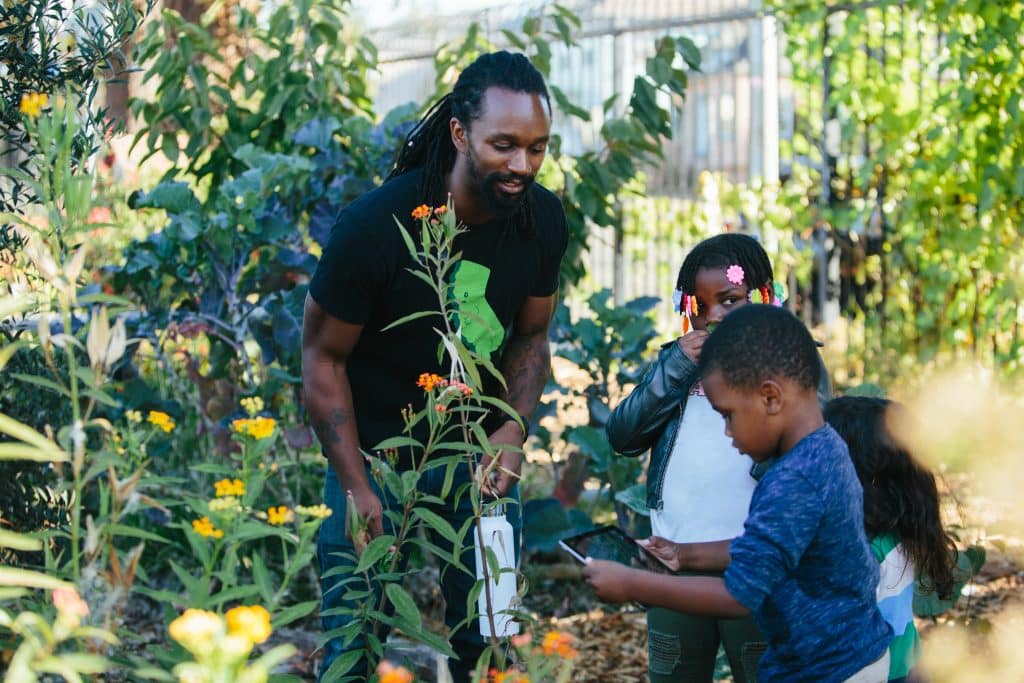Bringing reproductive health services to those with disabilities in Ethiopia
Over the years, Alem Mekonnen (not her real name), a 34-year-old resident of Addis Ababa, has sought out family planning, prenatal, obstetric, and HIV counseling and testing services, primarily from public health centers. But Alem is not like other women her age. Alem is blind, and that makes it much more difficult to find the care that she needs.
“Many service providers just don’t understand much about people with disabilities,” Alem said. “I have met some who thought I wasn’t sexually active, and others who thought I couldn’t bear children.” One time, she brought a friend with her to a doctor’s appointment, and the provider would speak only to the friend, even when asking about Alem’s medical history.
Alem is part of the estimated 17.6 percent of Ethiopians age 18 and over who are living with a disability. Ethiopia ranks among the top 12 in disability prevalence rates across 59 countries in the World Health Organization’s World Health Survey. In this case, the term disability refers to adults who experience significant functioning difficulties in their everyday lives.
Many people like Alem say that service providers are not meeting their reproductive health needs. The Ethiopian Center for Disability and Development (ECDD) set out to change this. The David and Lucile Packard Foundation provided support for ECDD through the Foundation’s Population and Reproductive Health program. In sub-Saharan Africa, the Foundation focuses on ensuring that women can receive quality reproductive health services and information.
As a first step in addressing the problem, ECDD asked people with disabilities what service providers could do better to meet their needs. “Most of the people we spoke with said that the attitude of service providers was the main challenge,” said Liya Solomon, a project coordinator at ECDD.
Much of the time, ECDD found that patients felt that health providers did not understand that the reproductive health care needs of people with disabilities were not much different from other women’s, although many survey respondents cited accessibility barriers as problems as well.
The survey was illuminating and offered a good place to start, but ECDD soon realized that there were other hurdles.
“We thought if we helped build the skills of service providers, then it would be easy for them to provide better services,” Liya said. ECDD quickly realized that they also needed to address broader systemic problems, and that it was important to connect with health care institutions as well. Although most service providers were eager to make their facilities more accessible, they were often unsure exactly how to change.
“Many hospitals are not designed for people with physical disabilities,” said ECDD executive director Retta Getachew. “For example, there are few wheelchair ramps or toilets that are easy for persons with physical disabilities to use,” he said.
Retta said that Ethiopia has regulations and policies supporting the needs of those with disabilities, but that the regulations are often not implemented. “We needed to build the capacity of the institutions as well as the professionals,” he said.
ECDD also discovered that it was better to show than tell. “Most service providers asked us, ‘What are the standards? How high should the slope of the ramp be?’ Rather than giving them written instructions, it was good to have one model and show them what accessibility means,” said Retta.
“In each intervention area,” he said, “we modified one public health center—usually the busiest one. We made ramps, widened doors, and provided wider toilet seats. We do it at a minor cost. We wanted to show them what accessibility means.”
“Providers are really receptive,” said Retta. “After the initial capacity-building trainings, we saw a lot of initiative to do more.” With this approach and support, the Ministry of Health has now launched a disability mainstreaming guideline in the health sector.
Though ECDD was seeing progress on the inside, it was only half of the equation. Demand from those with disabilities was also lacking. In many cases, women with disabilities were either discouraged from seeking services or unaware of the emerging options.
In that respect, “ECDD became a bridge between the disability movement and mainstream providers,” according to Retta. They reached out to large organizations and associations serving persons with disabilities. These organizations in turn helped to inform their clients by organizing events and providing materials in their alternative accessible formats.
The staff also trains peer educators with disabilities from these organizations. As Liya points out, “You know peers—they will influence their counterparts.” The project is also empowering the participants in ways that it couldn’t have predicted; Alem is now one of those peer educators.
This two-pronged approach—focusing on both the institutions and the individuals with disabilities—has been the key to its success.
One family planning center that underwent the training is now fully able to serve its clients with disabilities. The organization trained some of its counselors in sign language skills and has even adjusted its patient tracking system to collect specific data on the experiences and needs of those with disabilities.
“They don’t need us anymore,” says Liya—a sign of the effort’s sustainability. “They have included disabilities in their implementation guidelines and adjusted their monitoring system so clients with disabilities are tracked.” That’s good proof, she says, that the model can be replicated.
Despite broad success, hurdles remain. A lack of resources to make modifications is only one of the issues, says Retta. In rural areas in particular it is difficult for providers to do outreach to those with disabilities. It’s also very difficult to get accurate data, he said. “How many people are there with disabilities? How many women? What ages? What needs do they have? We need to know more.”
Despite these hurdles, the team is invigorated by its progress, and will continue its unique approach of mainstreaming accessibility.
“We will help create the demand for the services and make sure the service providers and centers are ready,” said Liya. “If we can do this, people with disabilities will have much better access to family planning. That’s what we do.”
